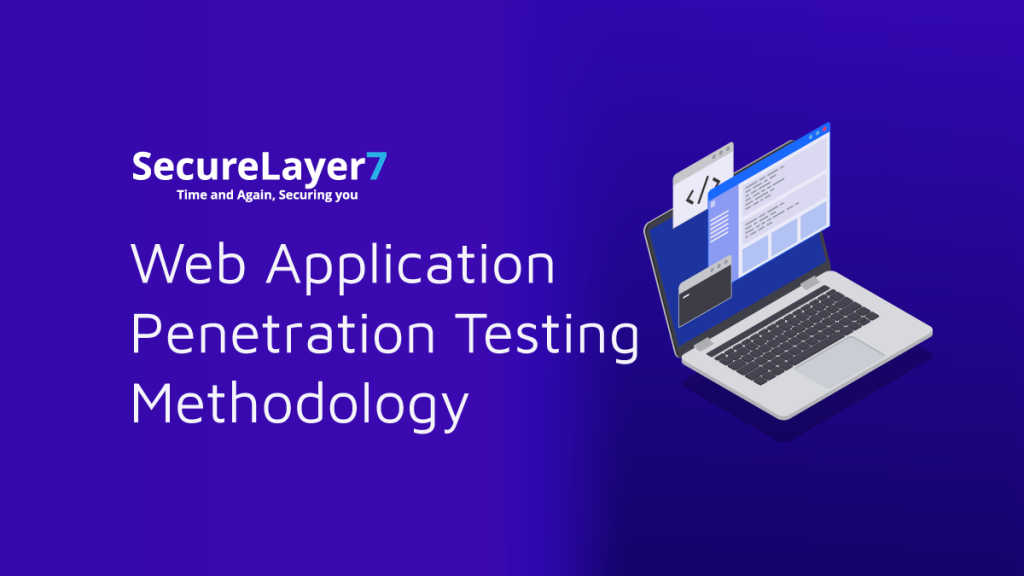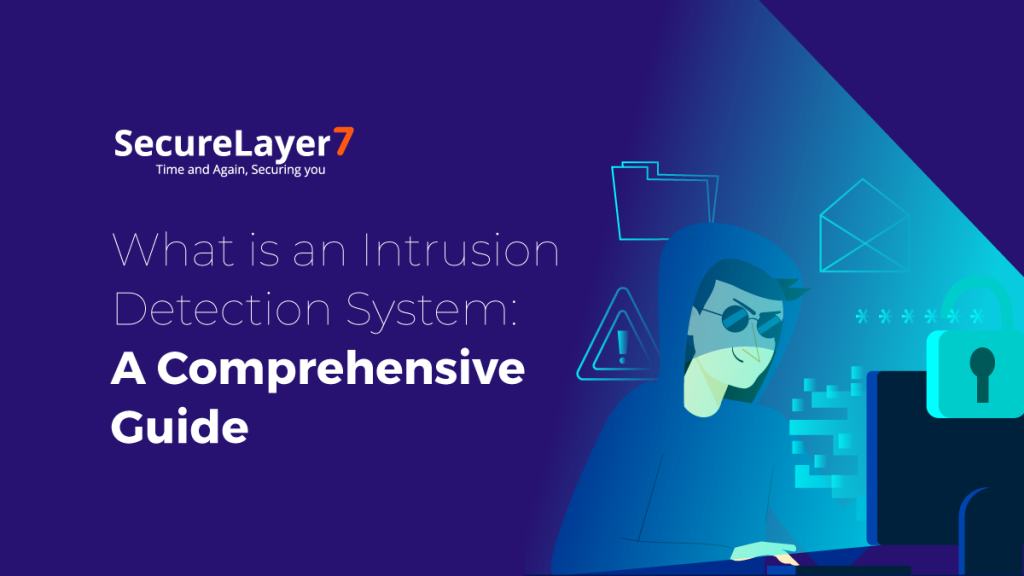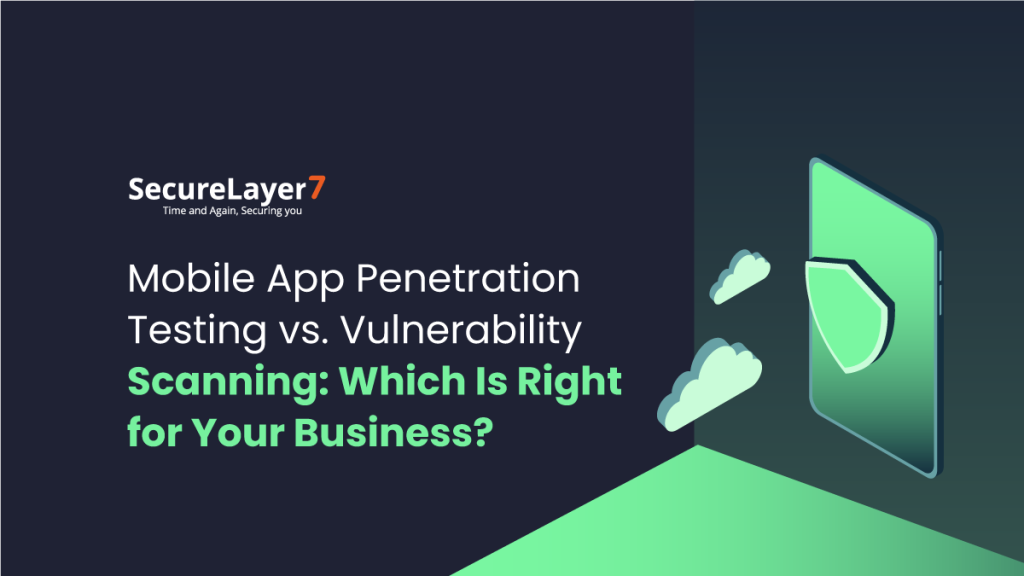
The Risks and Consequences of Unsecured Medical Devices – Protecting Patients and Healthcare Systems
January 20, 2023
The Ultimate Guide To Web Application Penetration Testing
January 25, 2023
The primary goal for an expert penetration tester is to help their clients identify, exploit, and remediate previously unknown security misconfigurations, threats, and vulnerabilities. While cyber security professionals use different standards, tools, and techniques to achieve this outcome, they fundamentally follow a similar baseline methodology.
We aim to study the standard fundamental procedure a web application pen tester would follow to strengthen an organization’s security posture through a targeted simulated attack.
Methodology for Web Application Penetration Testing
The methodology followed for this simulated attack strives to leverage a web application’s security weak spots the same way an attacker would.
Let us explore the various stages testers undergo when conducting a conclusive web application penetration test and what it helps them achieve.
Stage 1 – Planning Stage
Here are the aspects that pen testers consider when planning their attack strategy.
Scoping
The process begins with the tester defining the definitive scope of the project and what data will be accessed and collected from the client. This may include URLs, IP addresses, authentication credentials, and more.
The goal is to define the scope of web applications that the penetration test will include in enumerating and validating business logic flaws, security exposures, and misconfigurations.
For the assessment to be lucrative, it is essential to state the objectives of the test clearly. Here the pen tester will typically talk to clients to review and confirm the project’s scope & rules of engagement, define objectives, and set definitive timelines for project completion.
Penetration Testing Tools and Standards
Some commonly used tools by professional penetration testers include SL7, Metasploit Framework, Searchsploitm, Recon-ng, SQLmap, Nikto, Dirb, and Burp Suite Pro.
While each web application requires different tests, testers can alter their methodologies to the standards they plan to use. Some of the most common security testing standards are the Open Web Application Security Project (OWASP), Penetration Testing Methodologies and Standards (PTES), The National Institute of Standards and Technology (NIST), Open Source Security Testing Methodology Manual (OSSTMM), Information Systems Security Assessment Framework (ISSAF), and Payment Card Industry Data Security Standard (PCI DSS).
Automated vs Manual Penetration Testing
While these testing approaches have undeniable pros and cons, an experienced penetration tester should use a hybrid between both methods to strengthen the overall organizational security posture optimally.
Let us study each one and see what they can help testers achieve.
Automated Penetration Testing:
Automated penetration testing is an efficient and quick method of automatically conducting pen tests that can be undertaken regularly without planning or preparation to identify the most common exposures.
This quick threat identification method may save the user much time but fails to provide insightful information into the cause and nature of the vulnerabilities.
Instead, it is an approach to quickly detect flaws such as missed updates, misconfigurations, and incorrect permissions with reasonable accuracy.
Manual Penetration Testing:
Alternatively, a manual pen test is a meticulously planned stagewise approach to assessing a company’s web application security infrastructure, conducted by an adept team of expert pen testers. A manual pen test needs extensive planning and preparation and may take several days to complete successfully.
Unlike automatic pen tests, manual penetration tests and the invaluable human instinct they possess help businesses derive detailed and actionable insights into vulnerabilities that can be highly beneficial in addressing problematic vulnerabilities and improving the overall security posture of the web application.
Considering the time it takes to conduct one, it is not plausible for businesses to run them with the same frequency as they could conduct automated pen tests. A manual pen test can be instrumental in uncovering flaws previously overlooked by an automated scanner.
These flaws may include loopholes, coding & logic errors, SQL injections, cross-site request forgery, faulty access control, cryptographic failures, and DOM-based cross-site scripting.
Establish The Limitations Of The Project
It is crucial to decide beforehand what sensitive or restricted parts of the web application are out of bounds for the pen tester to attempt exploiting. These limitations may include sensitive business or client information that the organization deems out of bounds and will not be included in the scope of the test.
Stage 2 – Execution Stage
Now that the planning is complete, the tester will continue to carry out their plans through the following execution stage.
Gathering Information
In this vital stage, the pen tester conducts in-depth reconnaissance of the target system to collect viable information to help identify and exploit potential vulnerabilities. The goal of this stage is to devise a strong attack strategy.
Mapping And Service Identification
The pen tester conducts elaborate reconnaissance to identify all application services and build a comprehensive map of all applications, devices, and configuration profiles used within them.
The purpose is to get an overview of the web application’s infrastructure.
Reconnaissance and Ennumeration
At this phase, there are two methodologies where the pen tester conducts reconnaissance.
Active Reconnaissance
This methodology involves directly interacting with the target system to gain helpful information to help carry out the attack. Here the attacker may probe the target system using methods such as web app fingerprinting, DNS forwarding & reverse lookup, and DNZ zone transfer.
Passive Reconnaisance
This methodology involves gathering information from publicly available resources such as the internet without directly interacting with the target system. An example of passive reconnaissance is research with google syntax and enumeration of website subdomains.
Once the relevant information is gathered through reconnaissance, the pen tester should have sufficient knowledge of usernames, user manuals, email addresses, software information, and forum posts that will be instrumental in driving subsequent test phases.
Threat Modeling
Threat modeling is an essential part of the pen test process, which helps testers to quantify the identified security threats and assign priority levels based on their propensity to cause harm to the web application. Once completed, the tester can enable the client to easily differentiate between threats that need immediate mitigation and those with moderate and low risk in terms of impact and likelihood on the target application.
Such a strategy allows remediation efforts to focus first on more urgent threats before moving on to moderate and low-impact weaknesses that may not pose any immediate risk to the client.
In this stage, the tester performs threat modeling by conducting web application crawling, manual discovery, deciding business functionality from authenticated & unauthenticated perspectives, and checking application proxies.
Vulnerability Analysis
The pen tester then leverages information gathered from previous stages to analyze the identified and documented vulnerabilities exhaustively.
This analysis allows the tester to lay out all potential areas of interest and study the extent of impact each of these vulnerabilities may have on the target system if exploited. The pen tester can select the best methodologies and tools to launch an attack on the potential vulnerabilities.
Exploiting Vulnerabilities
Once you have identified all likely vulnerabilities through your vulnerability analysis, it is time finally time for the tester to act on the information and perform their exploits. These vulnerabilities include exploits such as direct object references, parameter tampering, logic errors, authentication bypasses, and session management that require manual scanning.
The goal here is to depict the real impact of the vulnerability and the extent of damage a real-world cybercriminal could cause to the web application if the vulnerability remains unaddressed.
This stage additionally highlights the likelihood of an attack using these vulnerabilities while identifying and filtering false positives.
Stage 3 – Post-Execution Stage
Once the tester completes the planning and execution stages, they generally move on to the post-execution stage, where they present the output to the client for remediating actions to be implemented.
Penetration Testing Report
Now that the tester has conducted the penetration test, they will have to document the findings in a diligent test report. This report must detail to the executive level the scope, testing activities performed, high-priority issues, risk assessments, and security assessments, with supporting evidence.
The information must also detail the technical findings, including a breakdown of all identified vulnerabilities, their risk, methods of recreation, and remediation tactics with all supporting evidence.
Strategic Mitigation
For strategic mitigation to occur, the pen tester must communicate to the target company the findings, actionable insights, and strategic remediation techniques they can apply to mitigate the issues successfully.
Through prioritization and strategic mitigation, businesses can gauge threats based on their likelihood and tendency to damage the web application. By doing so, the client can swiftly mitigate high-level risks on priority before progressing to handle medium and low-level risks.
Here, businesses can also retest specific high-risk vulnerabilities to check if the threats are still present after mitigation. This process may shed light on new vulnerabilities that may have arisen due to the mitigative applied actions.
The pen tester must work closely with the IT and security teams on the preliminary and subsequent tests to ensure the mitigation of all vulnerabilities.
Conduct comprehensive Penetration Tests with Securelayer7
SecureLayer7 helps customers to spot high-risk web application vulnerabilities such as Using Components with Known Vulnerabilities, SQL Injection, Cross-Site Scripting, Broken Access Control, Broken Identification & Authentication, Security Misconfigurations, Sensitive Data Exposures, XML External Entities, Insecure Deserialization, Server-Side Request Forgery, and Insufficient Logging & Monitoring which may result in severe data breaches.
Our PaaS services include application testing, mobile app penetration testing, thick client penetration testing, and VOIP penetration testing. We are renowned amongst enterprises and SME organizations that use our penetration testing application to perform and act on continuous pen tests.
We additionally help businesses securely maintain their cloud infrastructure by detecting and quarantining vulnerabilities in AWS, Azure, and Kubernetes systems at a reasonable cost. Our network security service ensures that your corporate infrastructure complies with industry regulations and follows the best network security practices reducing the risk of attacks on devices and servers.
SL7 provides full security service to your web application with automated and manual testing to identify and remediate all risks challenging your application security. Contact us to find out how we identify and mitigate all your web application vulnerabilities.
Summary
While businesses constantly face new and emerging attack vectors every day, we felt the need to illuminate to our readers why it is critical to understand the methodology proficient penetration testers follow to identify and mitigate the most pressing issues facing your web application security. Through this informative read, we will walk you through the planning, execution, and post-execution stages that a professional pen tester follows to identify and remediate the most pressing business logic flaws, security exposures, and misconfigurations plaguing your business.


